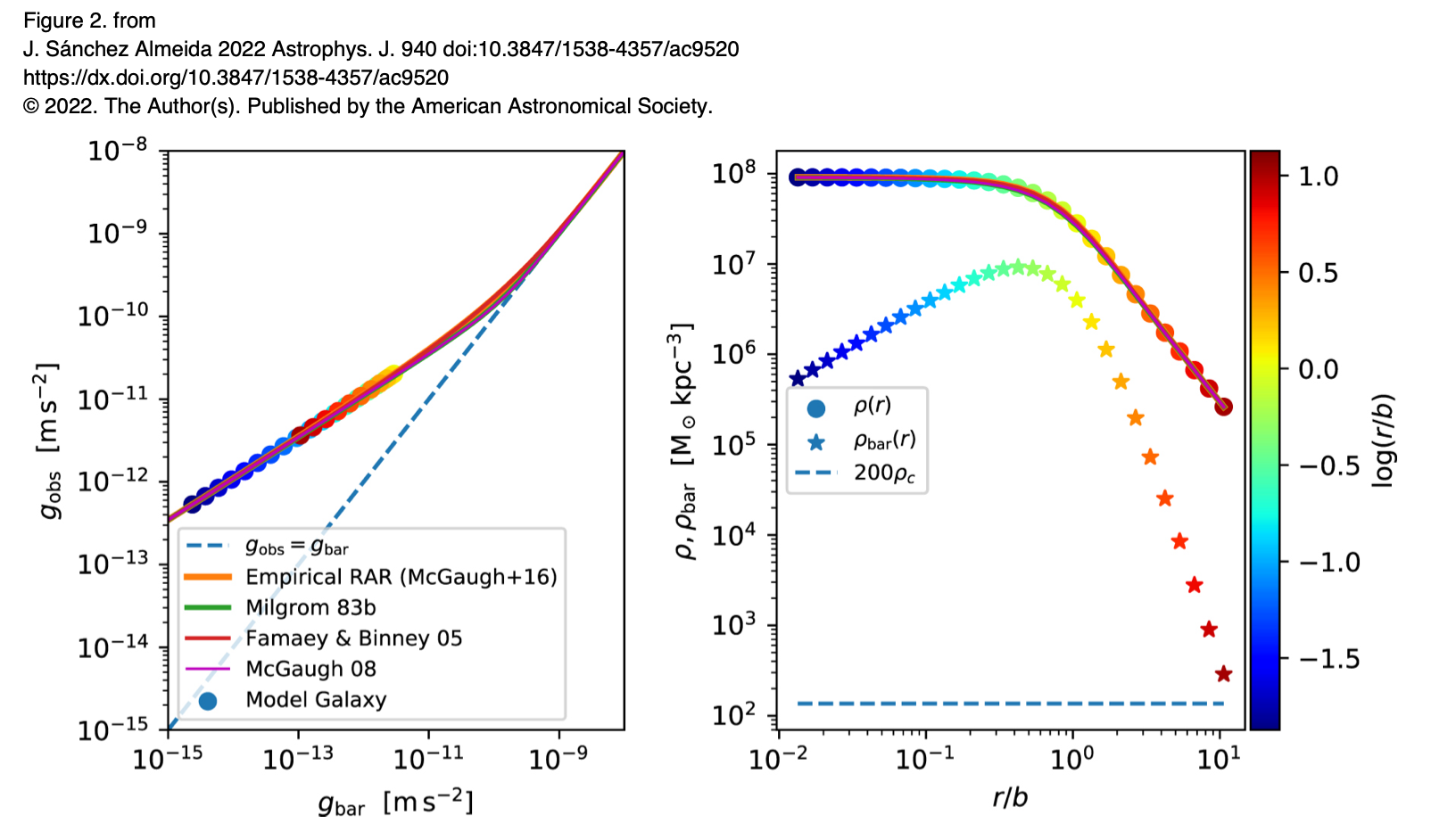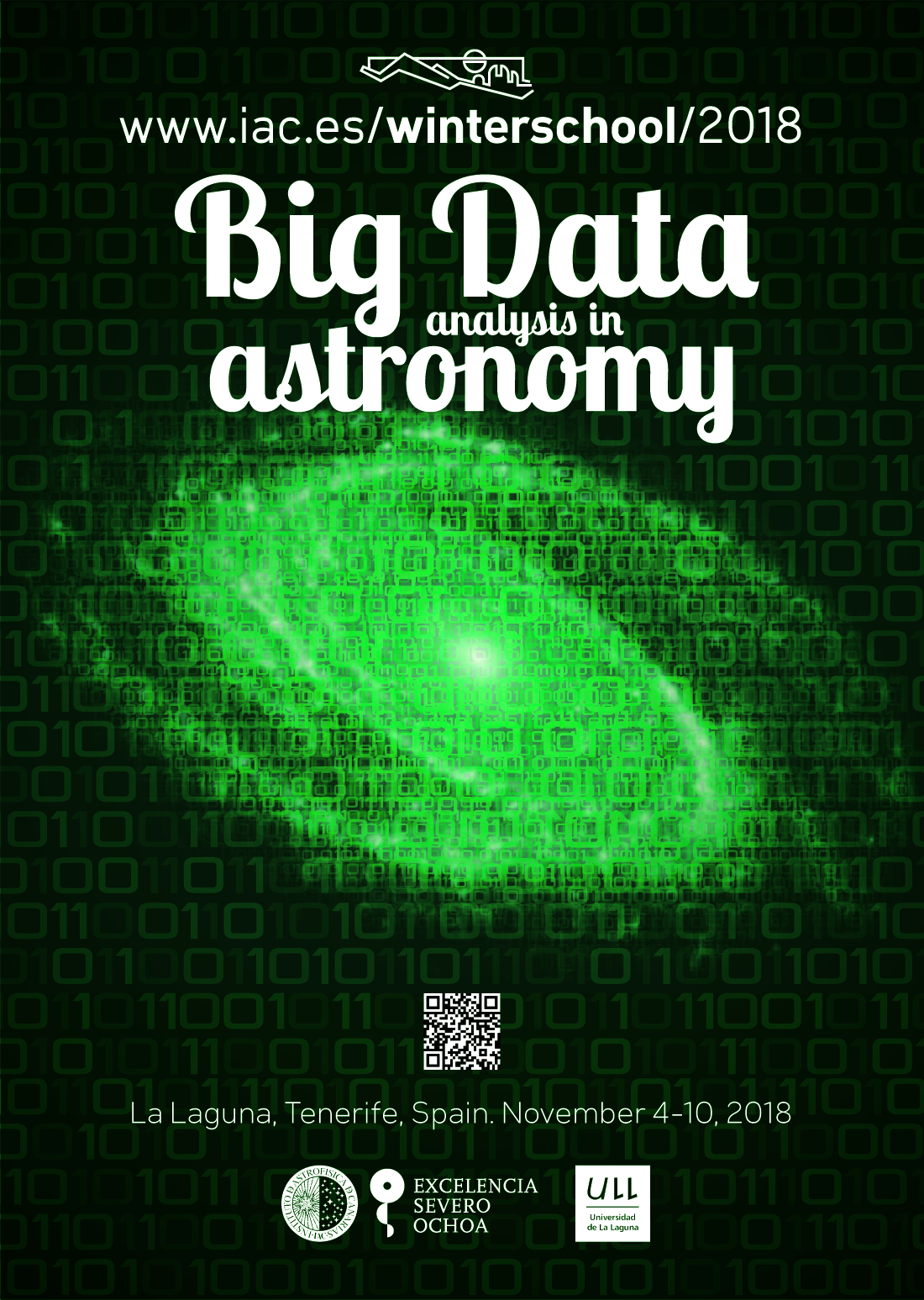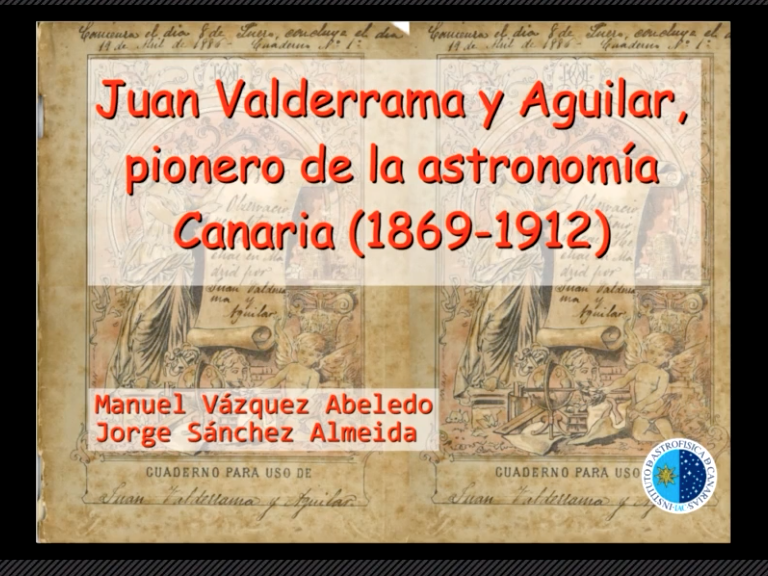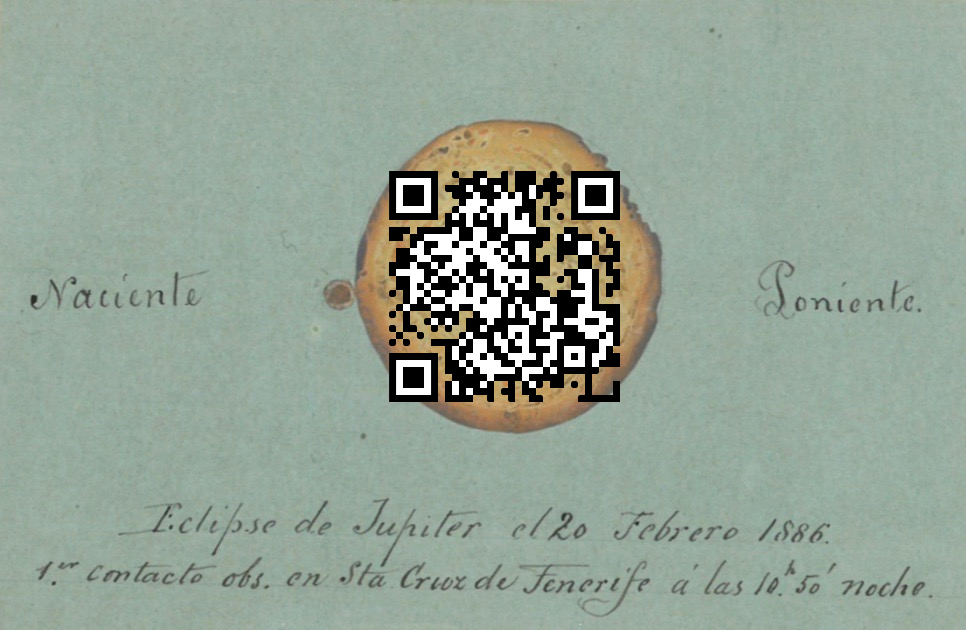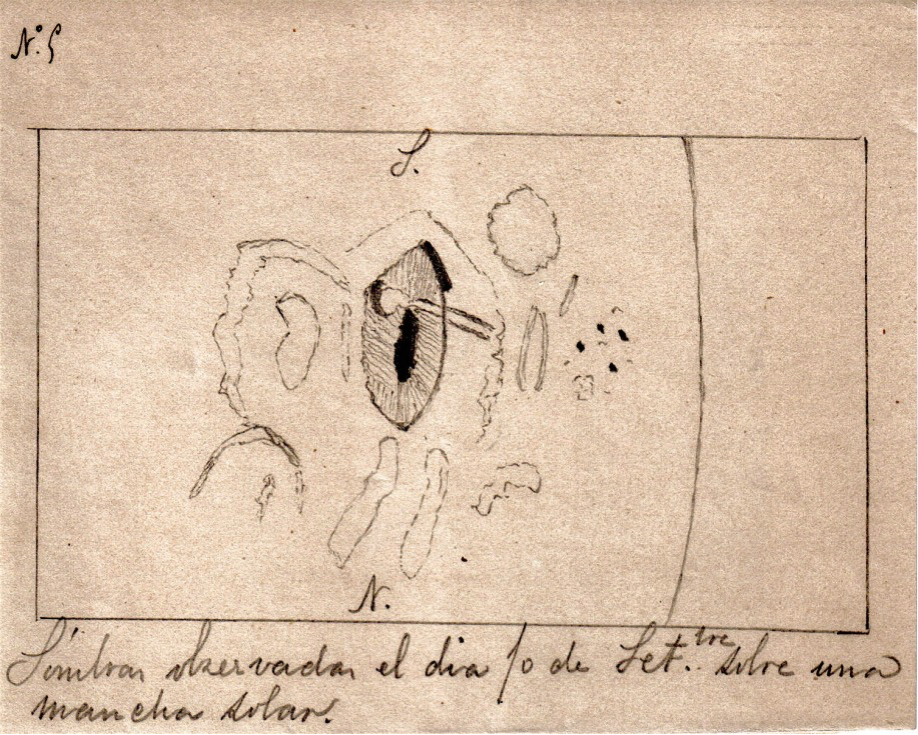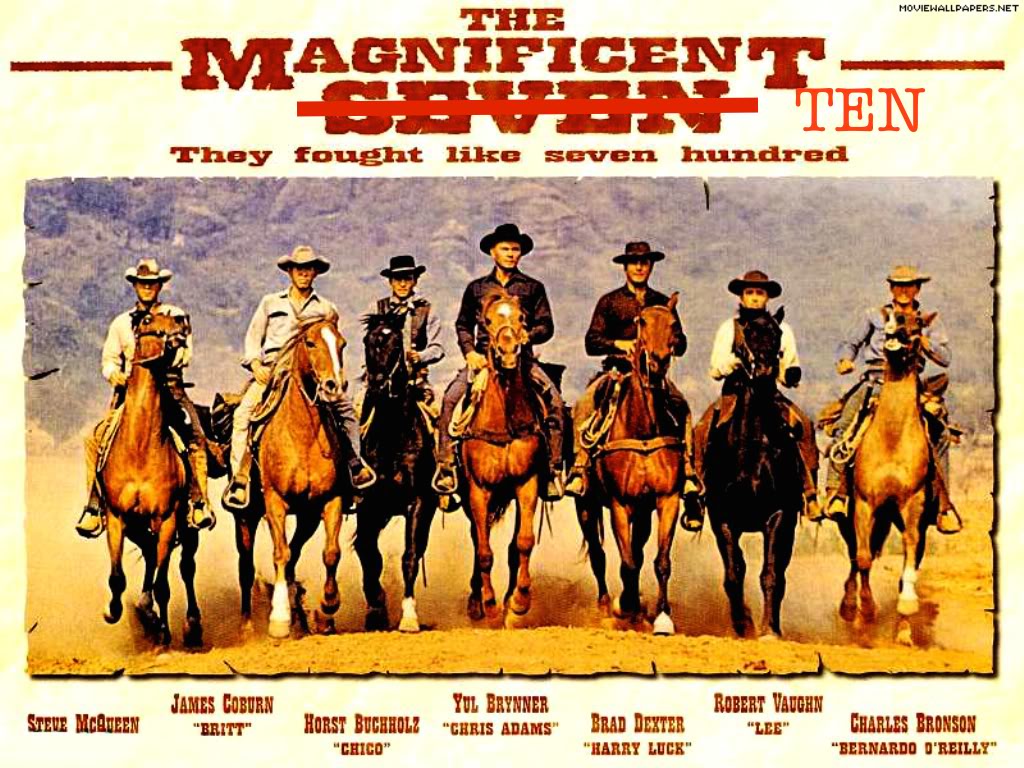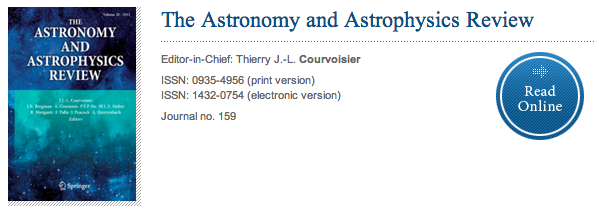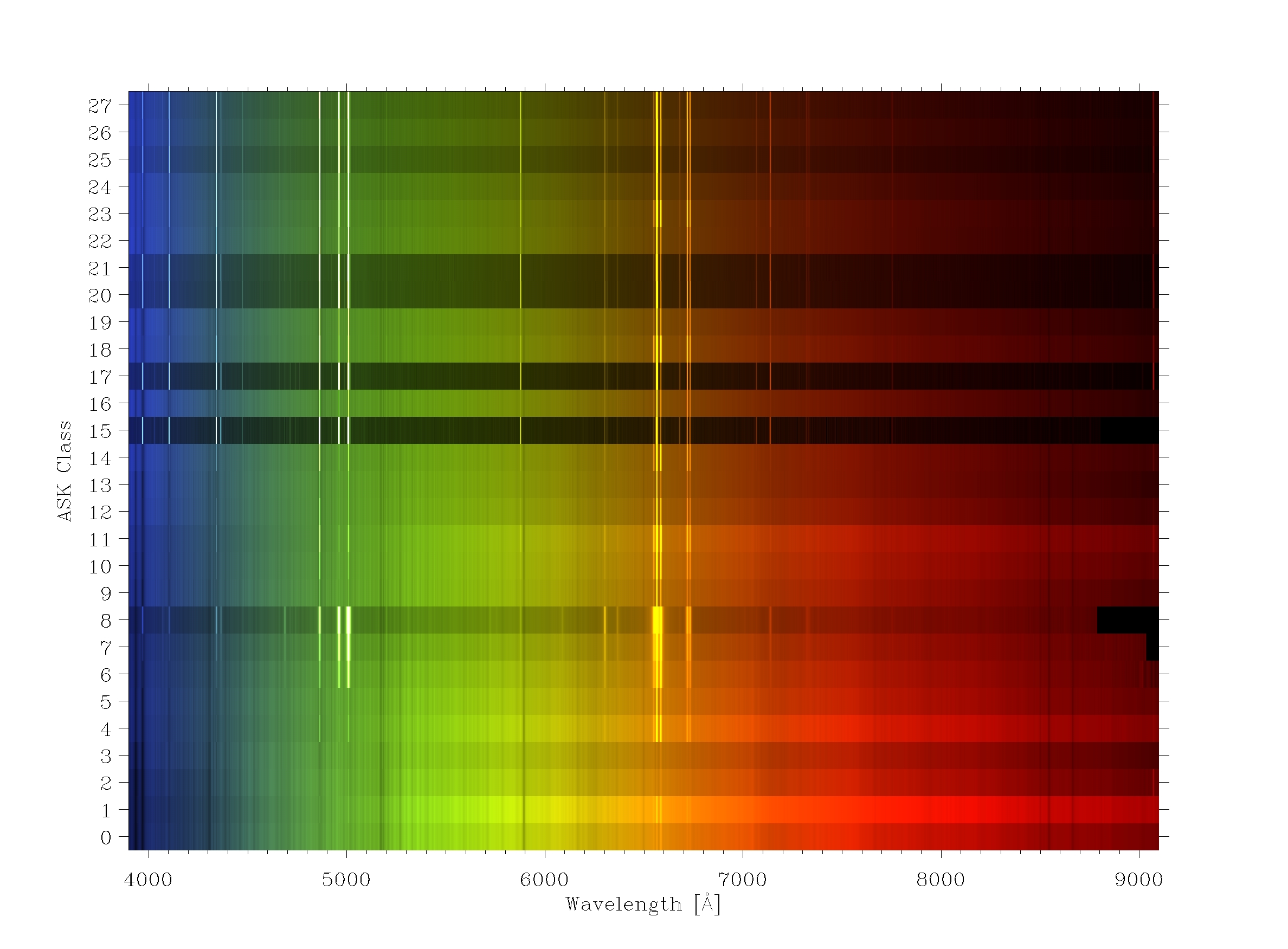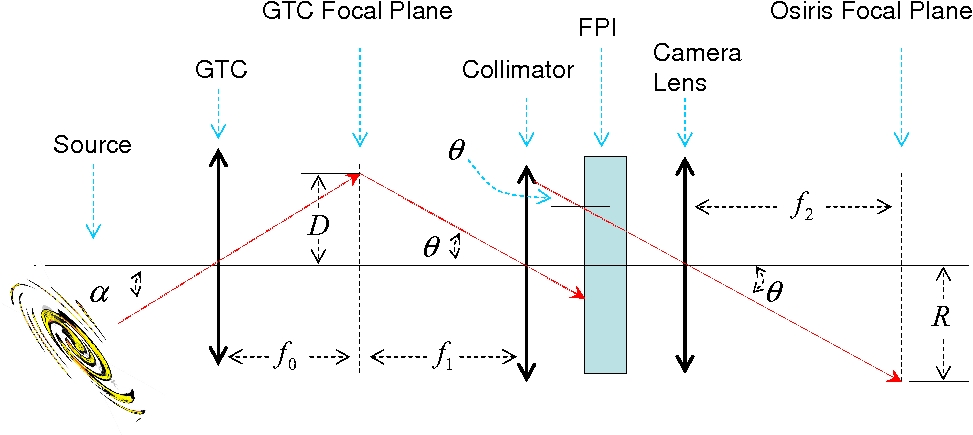My list ADS list of publications 
My ORCID is 0000-0003-1123-6003 ![]()
Grants currently active: Spanish Ministry of Science and Innovation, project PID2019-107408GB-C43 (ESTALLIDOS), and Gobierno de Canarias through EU FEDER funding, project PID2020010050.
These pages are meant to contain an index of my research work. They are very uneven, and should be considered as work in progress ![]()
Headlines
Dark matter may experience forces beyond gravity
The new part of our research is the use of a novel technique to determine the shape of the dark matter halo of galaxies so small that the stars within cannot modify the distribution of dark matter. This determination is unfeasible with the traditional techniques. The observed distribution happens to be inconsistent with the one expected from the current cosmological model, where the DM is formed by particles that do not collide with each other (are 'collisionless').
If any, the importance of the finding is not because it changes in any substantial way the current cosmological model, but because it may offers a gateway to investigate the nature of dark matter. Any valid physical model for the dark matter must accout for this minuscule deviation from the collisionless assumption.
 This is a link to the original paper (ApJL)
This is a link to the original paper (ApJL)
1.- These are discusions in international media on the issue
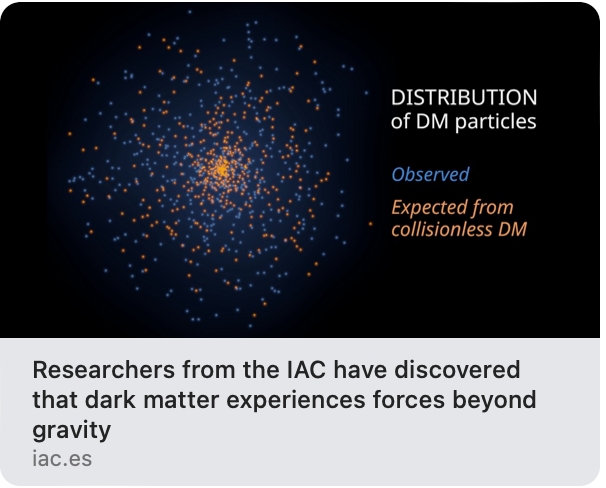 This is an IAC press release with the news
This is an IAC press release with the news
2.- This is a technical talk given at the IAA (Instituto de Astrofisica de Andalucía)
3.- Interviews
 This is our (Nacho Trujillo and myself) interview in CoffeBreak (technical -- in Spanish)
This is our (Nacho Trujillo and myself) interview in CoffeBreak (technical -- in Spanish)
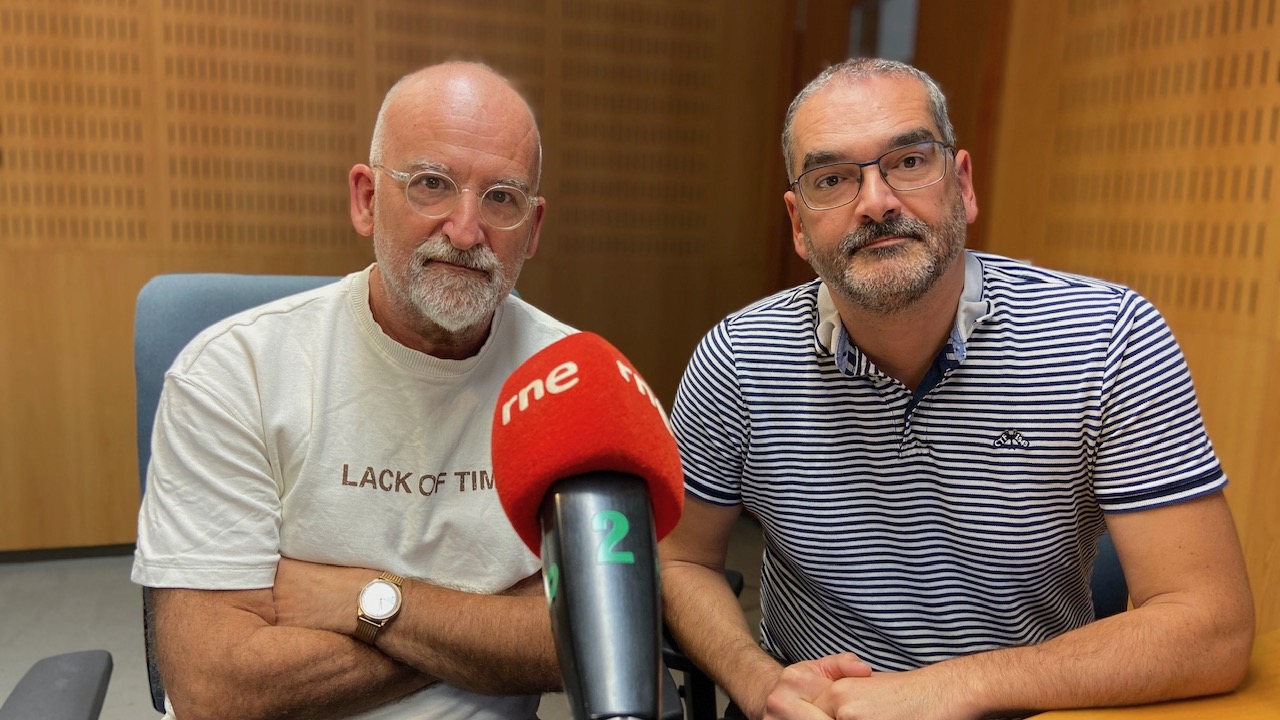
4.- Highlighted by the AAS Nova: "highlights of the journals of the American Astronomical Society"
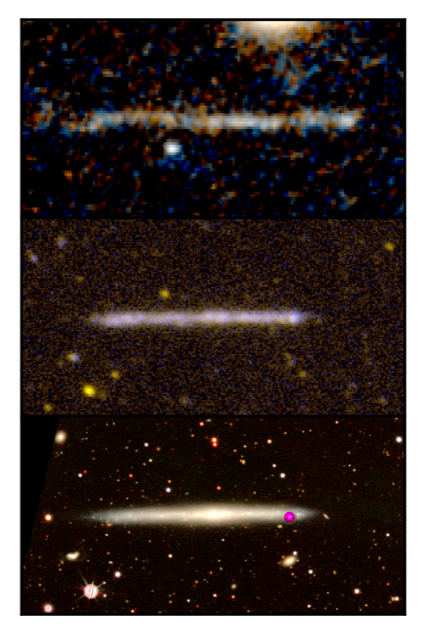
This result have had quite some impact on the public media (English -- Spanish)
This is the https://aanda.altmetric.com/details
English
Español
Intermediate mass black holes (IMBHs) are both needed en extremely elusive. Needed to explain the formation of supermassive BHs (like the one existing in the center of our galaxy) and elusive because only a few tens of them are known (e.g., Mezcua17, Greene+20). Looking for someting else, we think we have discovered a completely new family o them.
The IAC produced a press release with the finding (click on the image):
An annimation illustrating the idea is in here, and this is a link to the actual paper
A serious problem for MOND?
If MOND modifies Newton-Einstein gravitational law al low gravitational potentials to explain motions in galaxies without invoking dark matter. Good idea, but it has problems ... The last one is in the paper:
Polytropes are everywhere. They seem to be the maximum entropy solutions of self-gravitating systems. In this paper that the dark matter cores observed in dwarf galaxies are polytropes.
This is press release trying to explain the implications of this fact. 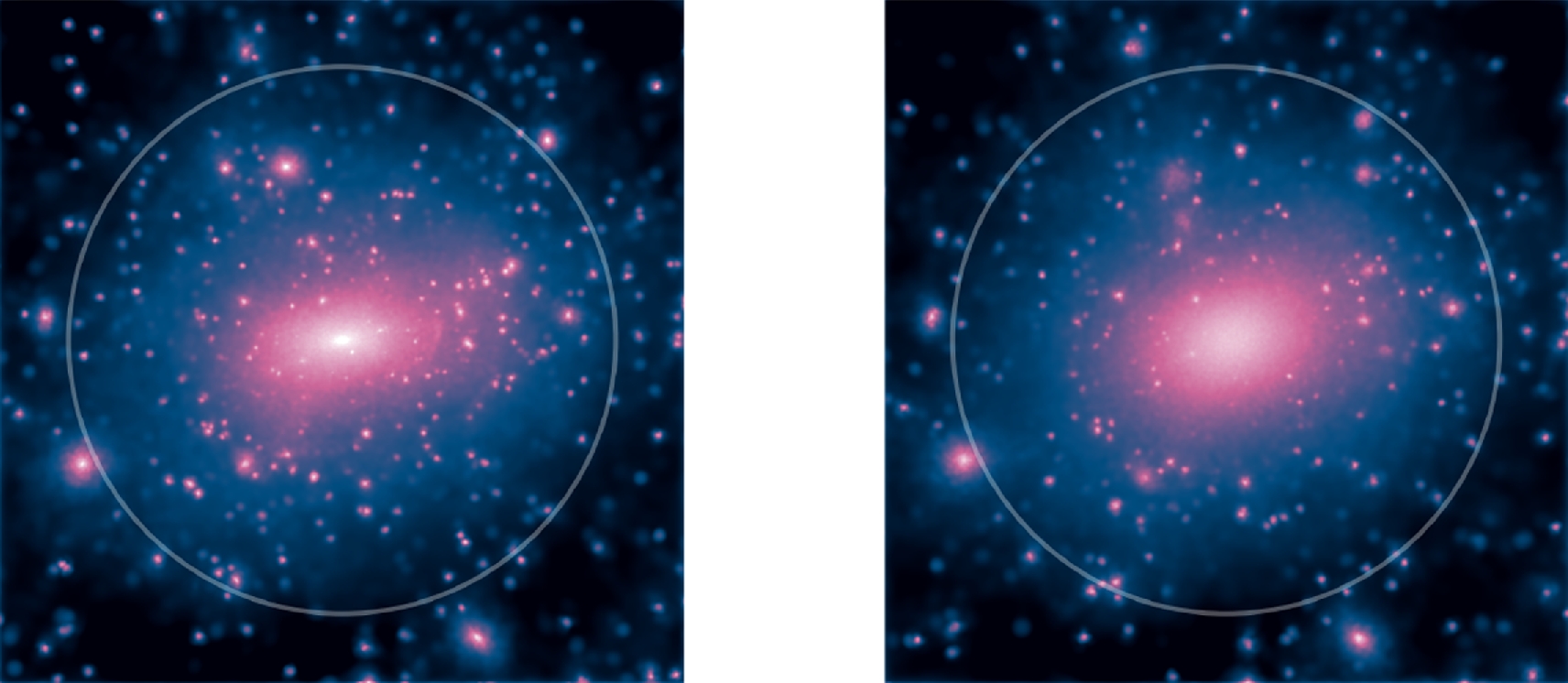
The ebook with the lectures and the lecture notes of tge XXX IAC Winter School on Big Data In Astronomy is already out.
Finalmente J Valderrama y Aguilar tiene una entrada en la wikipedia. (Gracias a Pedro J. Hernandez!)
Transparencias para ser usadas en la divulgacion sobre Valderrama (odp original. ppt y pdf, copias)
Conferencia en el IAC en el que oficialmente presentamos al astronomo Juan Valderrama y aguilar
Evidence of a White-Light Flare on 10 September 1886 (Vaquero et al. 2017, SPh, 292, 33).
A fantastic outreach paper describing the importance of this flare and the guy that discovered it has been written by Enrique Sacristán for the 'Agencia Española para la Ciencia y La Tecnología.'
Another fantastic outreach paper in english I just came acrross....
This flare is the third one ever observed, and was discovered by a 17 yr old boy from Santa Cruz de Tenerife called Juan Valderrama y Aguilar. Who was this guy? If you are interested ... stay tunned. We (M. Vázquez and I) will publish his atonishing bio soon.
This is a link to the 'Cuadernos de Valderrama', his handwritten observation logbook with notes and dwawings. Beautiful.
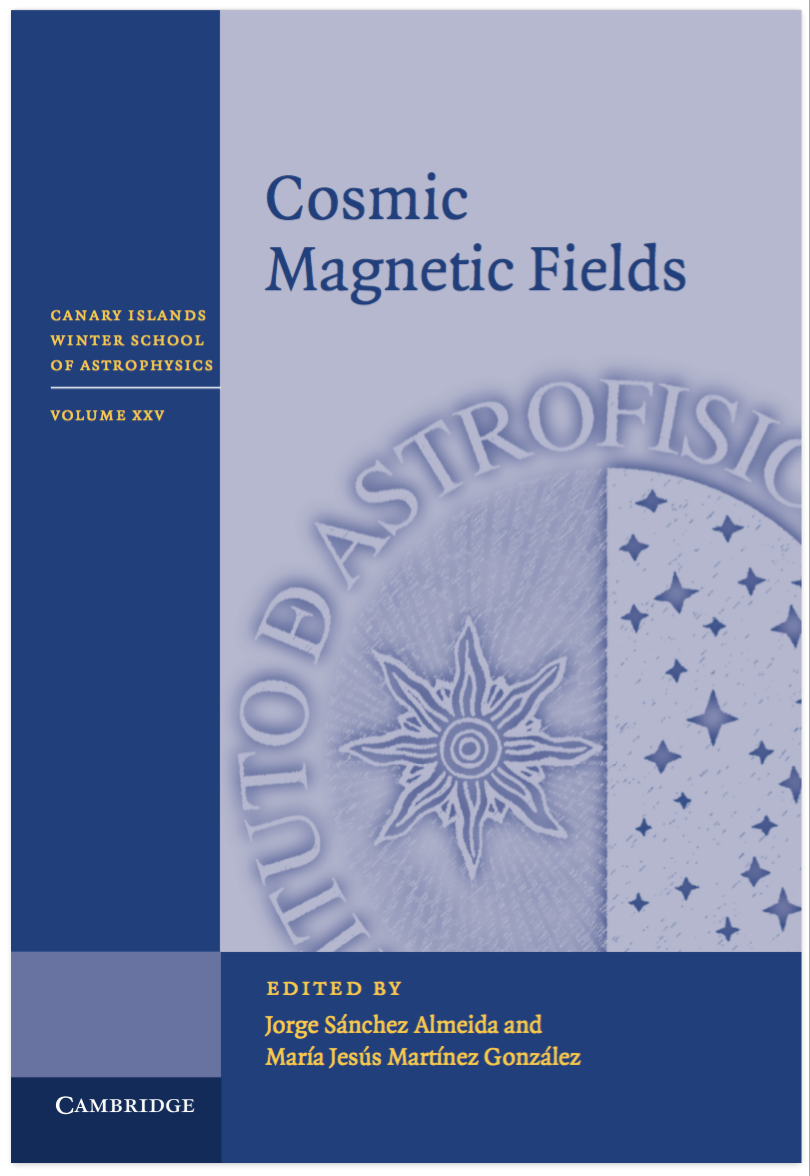 Finally, the book with the lectures given during the XXV IAC Winter School on Cosmic Magnetic fields is out.
Finally, the book with the lectures given during the XXV IAC Winter School on Cosmic Magnetic fields is out.
Monograph on Gas Accretion onto Galaxies, Astrophysics and Space Science Library, eds. A. J. Fox & R. Davé, to be published by Springer, 2017.
I wrote one of the Chapters 'Gas Accretion and Star Formation rates'
Believe it or not, we (Amanda+) got observing time at the 4.2m WHT to check whether
a signal was produced by an alien civilization
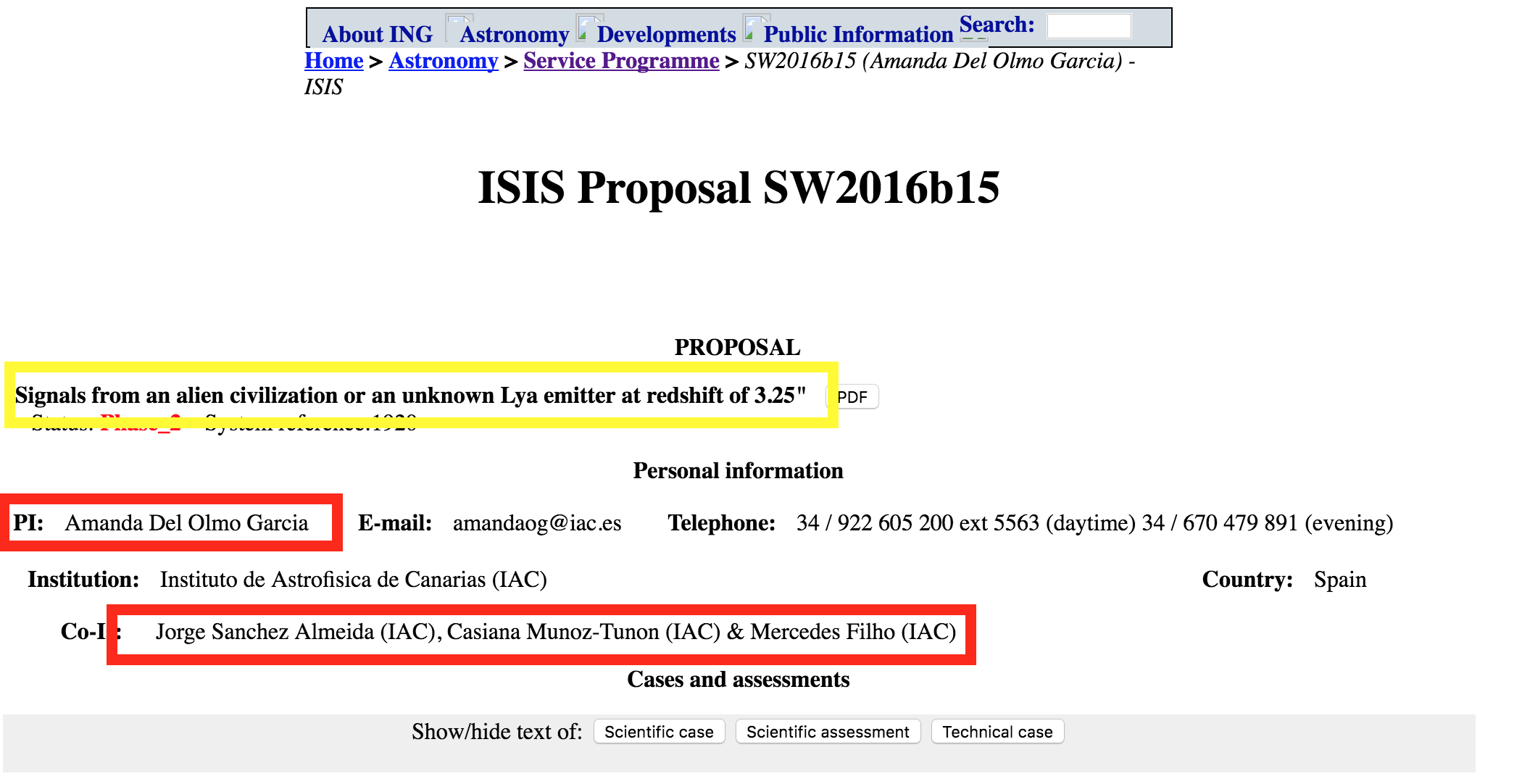
Paper on the kinematics of the magnificent 10. Amanda's 1st paper. We got huge mass loading factors!!!!! (see the figure). This is both expected and surprising.
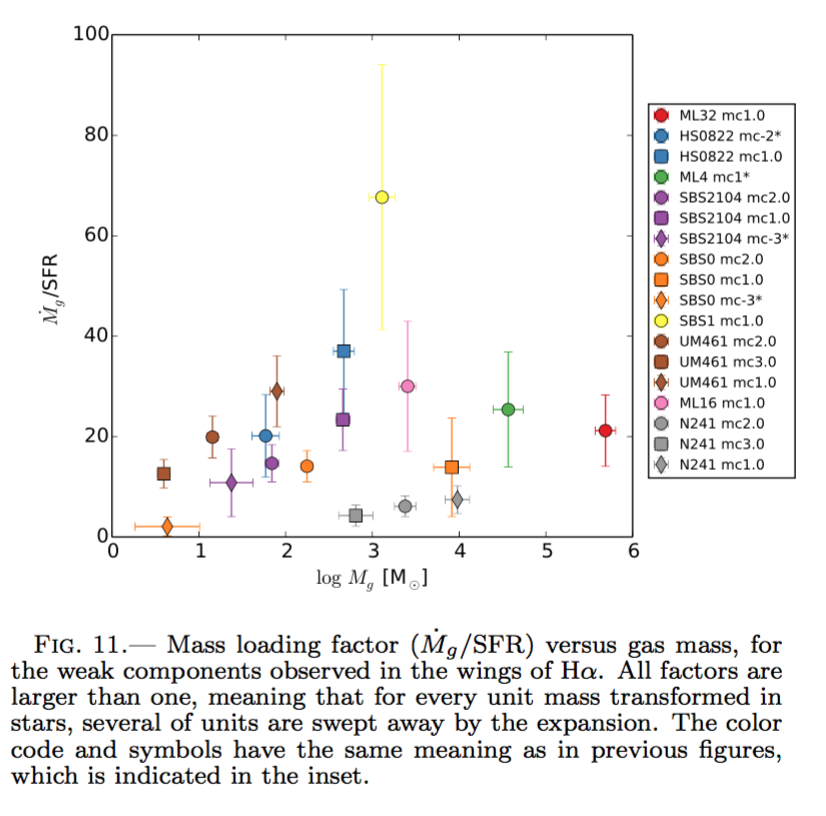
In depth study of this beautifull tadpole galaxy
This is a interview to Debra and Bruce Elmegreen about it in New Scientist, and this other is the link to the paper
In addition, there is a press release of the Hubble Space Telescope Science Institite (STScI-2016-23), and the IAC also publised its own press release (in spanish)
The news appeared in the mass media, e.g., dailymail(UK), USAToday, and may others
2018: It is part European Space Agency 'Space In Images' see here
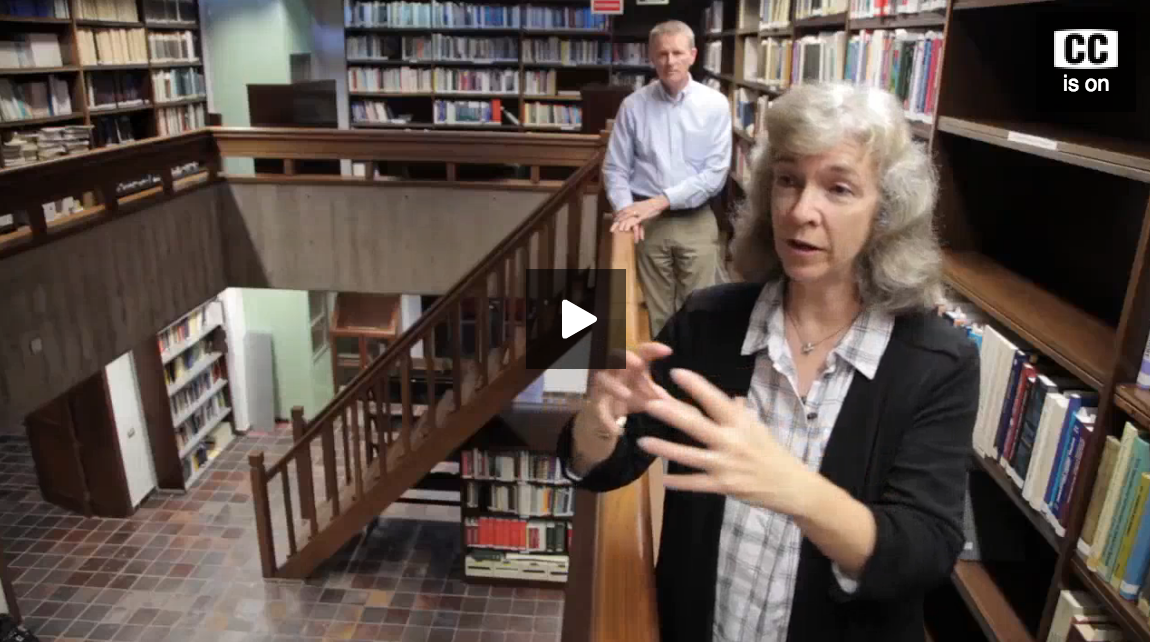 Debra and Bruce at the IAC (2014)
Debra and Bruce at the IAC (2014)
The magnificent 10 letter is OUT !
This is the starting sentence of a short interview in New Scientist about the relevance of the work.
It is also a paper highlighted by the American Astronomical Society in this webpage
There is finally this press release at the IAC website (Spanish). Muy Interesante
google 'como se alimenta una galaxia'
Recipe for interpreting galaxy spectra
The recipe is detailled in this ApJ paper
The Sun is a miasma of incandescent plasma ... even kids know.

Cartoon specially devoted to our paper.
Automatic Spectroscopic K-means based classification of galaxies (ASK)
click on the image to get a large jpg version, and click here to get ps version
Link to the page with the ASK stuff
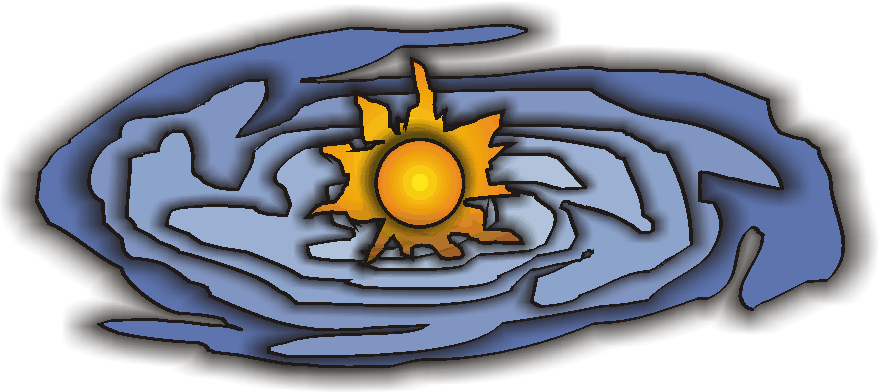

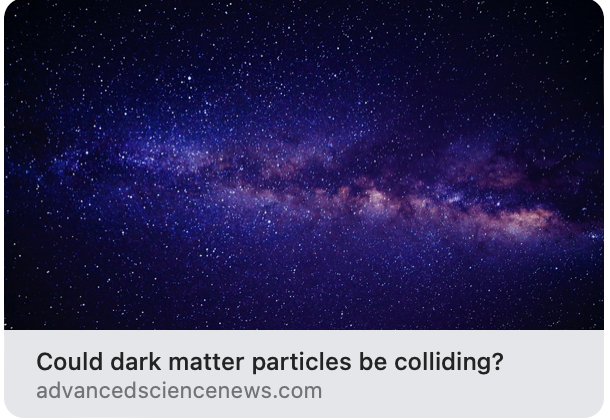
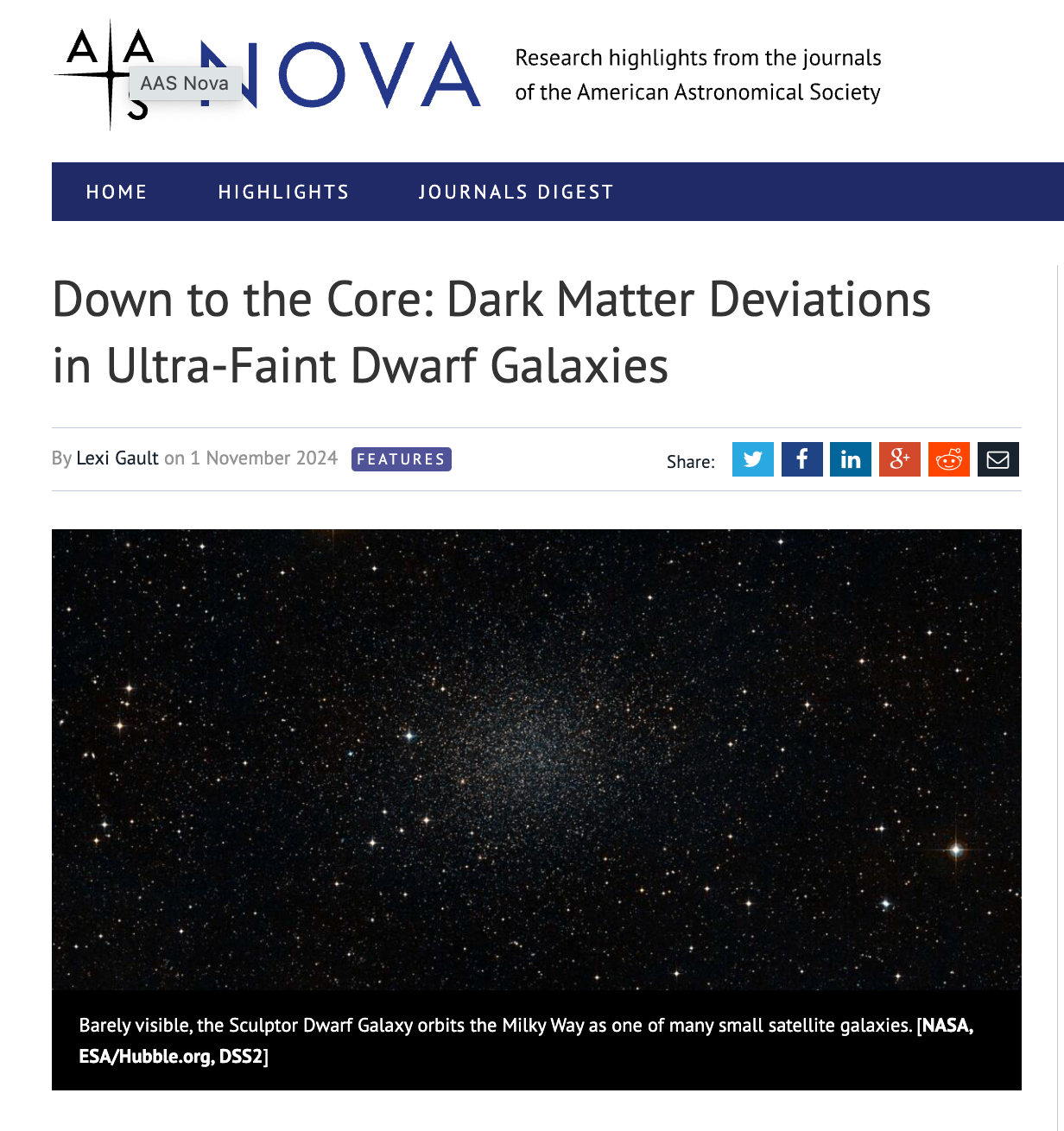

.jpeg)
